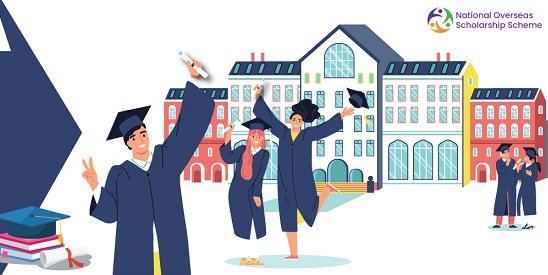Last Updated on July 26, 2025 1:59 am by BIZNAMA NEWS

Vadodara, July 25
Against the resplendent backdrop of the Lukshmi Villas Palace, the 14th International Heritage Tourism Conclave, organized by the PHD Chamber of Commerce and Industry (PHDCCI), unfolded as a vibrant confluence of tradition, tourism, and transformation. Held in collaboration with the Ministry of Tourism, Gujarat Tourism, Delhi Tourism, IndiGo, and IRCTC, the event was themed “Cherishing Heritage”, and sought to reposition India’s cultural legacy as a catalyst for economic revitalization and inclusive growth.
The conclave united a diverse spectrum of voices—royalty, policymakers, conservationists, diplomats, academicians, architects, tourism stakeholders, chefs, and storytellers—to ideate on heritage-led development models that balance conservation with livelihood generation and cultural vibrancy.
Inaugural Vision: Gujarat Leads the Way
The conclave was inaugurated by Rajender Kumar, Secretary, Tourism, Civil Aviation, Devasthanam Management & Pilgrimage, Government of Gujarat. He emphasized Gujarat’s proactive approach towards heritage tourism: “We are not just restoring monuments; we’re restoring pride, enabling livelihoods, and integrating local communities into the tourism ecosystem.”
Royal Endorsements and Cultural Reflections
His Highness Samarjitsinh Gaekwad, the Maharaja of Baroda, underlined the importance of ensuring heritage remains relevant: “Heritage cannot survive on nostalgia alone. It must connect meaningfully with younger generations.”
Mohamed Farouk, Regional Director, India Tourism (Mumbai), highlighted central government initiatives like Swadesh Darshan 2.0 and PRASHAD, which aim to build experiential tourism circuits rooted in local culture, cuisine, folklore, and crafts.
Thematic Highlights and Intellectual Dialogue
Delivering the thematic address, Rajan Sehgal, Co-Chair, PHDCCI Tourism Committee, encapsulated the spirit of the conclave: “Heritage tourism is not just about preserving the past—it’s a tool for identity, empowerment, and economic strategy.”
The event commenced with a traditional Saraswati Vandana by students from Maharaja Sayajirao University, followed by the release of the PHDCCI-KPMG Heritage Tourism Report, which spotlighted the potential of public-private partnerships (PPP) in rejuvenating India’s tangible and intangible heritage.
Panel Sessions: Ground Realities and Aspirational Models
Sessions explored the Gujarat model of community-centric tourism, with focus on artisan engagement, adaptive reuse of built heritage, and sustainable infrastructure. A focused session on Shekhawati’s fading havelis deliberated on heritage property taxation, grants, and policy incentives to support private custodians.
In the culinary heritage segment, veteran food historian Prof. Pushpesh Pant and top chefs explored gastronomy as an immersive tourism product. Guests were treated to an authentic “Bapor nu Bhojan”—a traditional Gujarati lunch curated by Chef Pritesh Raut, celebrating regional flavors and food narratives.
Women, Architecture, and Storytelling
A powerful session on gender and heritage featured HH Radhikaraje Gaekwad and HH Kadambaridevi Jadeja, who emphasized the need to recognize women as cultural custodians, calling for support for women-led tourism ventures.
Further panels promoted technology-driven storytelling, urging the use of digital tools, augmented reality, and inclusive narratives to appeal to younger audiences and expand heritage awareness.
A niche session on heritage transport spotlighted vintage mobility—steam engines, royal carriages, and heritage rail—advocating for restoration grants and innovative tourism experiences.
Collaborations and Experiences
Over 25 B2B meetings were facilitated, connecting state tourism boards, hospitality leaders, tour operators, and cultural entrepreneurs, sowing seeds for future partnerships.
Attendees were also treated to immersive experiences including a guided heritage walk of Lukshmi Villas Palace and a contemporary art showcase, weaving past and present into a living narrative of cultural continuity.


